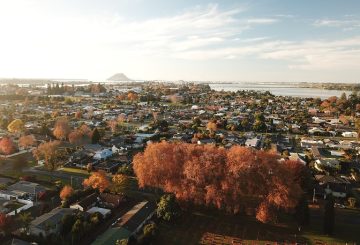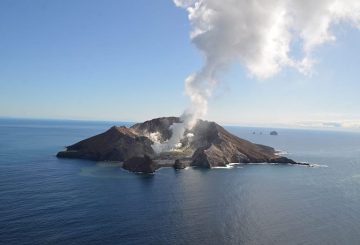Một chương trình an toàn cho chó ở Dunedin đang giáo dục học sinh về cách tương tác an toàn với chó. Hội đồng thành phố Dunedin bắt đầu chương trình này vào năm 2007, và nó đã phát triển trong năm nay để tiếp cận nhiều sinh viên hơn. Một chú chó tên là Daniel the Spaniel, cùng với các nhân viên kiểm soát động vật của hội đồng, dạy học sinh.
Số lượng các buổi học đã tăng từ chín bài học năm ngoái lên tiềm năng 69 bài học trên 18 trường trong năm nay. Nhiều nhân viên kiểm soát động vật đã được đào tạo để dạy học sinh. Janine Day, một nhân viên kiểm soát động vật của hội đồng, hy vọng rằng vào cuối phiên họp, trẻ em sẽ biết cách tiếp cận một chú chó xa lạ một cách an toàn.
Ngay cả khi chủ của chó nói rằng vỗ nhẹ cho chó của họ được, trẻ em cần nhìn vào chó để xem nó có thoải mái không. Nếu chó đang lộ răng, trẻ em không nên tiếp cận nó, ngay cả khi chủ nói rằng nó ổn.
Daniel the Spaniel, mặc áo vest có tầm nhìn cao và dây xích huỳnh quang, cung cấp một cách tiếp cận thiết thực để đảm bảo an toàn cho chó. Học sinh được dạy để cho chó không gian và không vội vã đến với chúng.
Hội đồng thành phố Dunedin ghi nhận 74 vụ chó tấn công vào năm ngoái, con số cao nhất trong 5 năm qua. Trong năm nay, 18 vụ tấn công đã được ghi nhận cho đến nay. Tuy nhiên, dữ liệu không cho thấy có bao nhiêu trẻ em bị tấn công.
Nicky Wallace, một nhân viên kiểm soát động vật khác của hội đồng, cho biết trẻ em thường bỏ lỡ các dấu hiệu cho thấy chó có thể cắn. Cô giải thích rằng chó phát ra những tín hiệu như liếm môi, nhét đuôi vào giữa hai chân và khoe lòng trắng của mắt. Cô ấy muốn trẻ em học cách đứng yên, như một cái cây, khi một chú chó đến gần, thay vì chạy trốn hoặc la hét. Bằng cách này, chó có thể sẽ mất hứng thú và di chuyển đi.
Hai học sinh, Evie và Quinn, cả hai đều 10 tuổi, đã tìm hiểu về những dấu hiệu này và cách tiếp cận một chú chó một cách an toàn. Mục đích của các buổi an toàn cho chó này là giữ cho trẻ em an toàn và chó vui vẻ.





























































